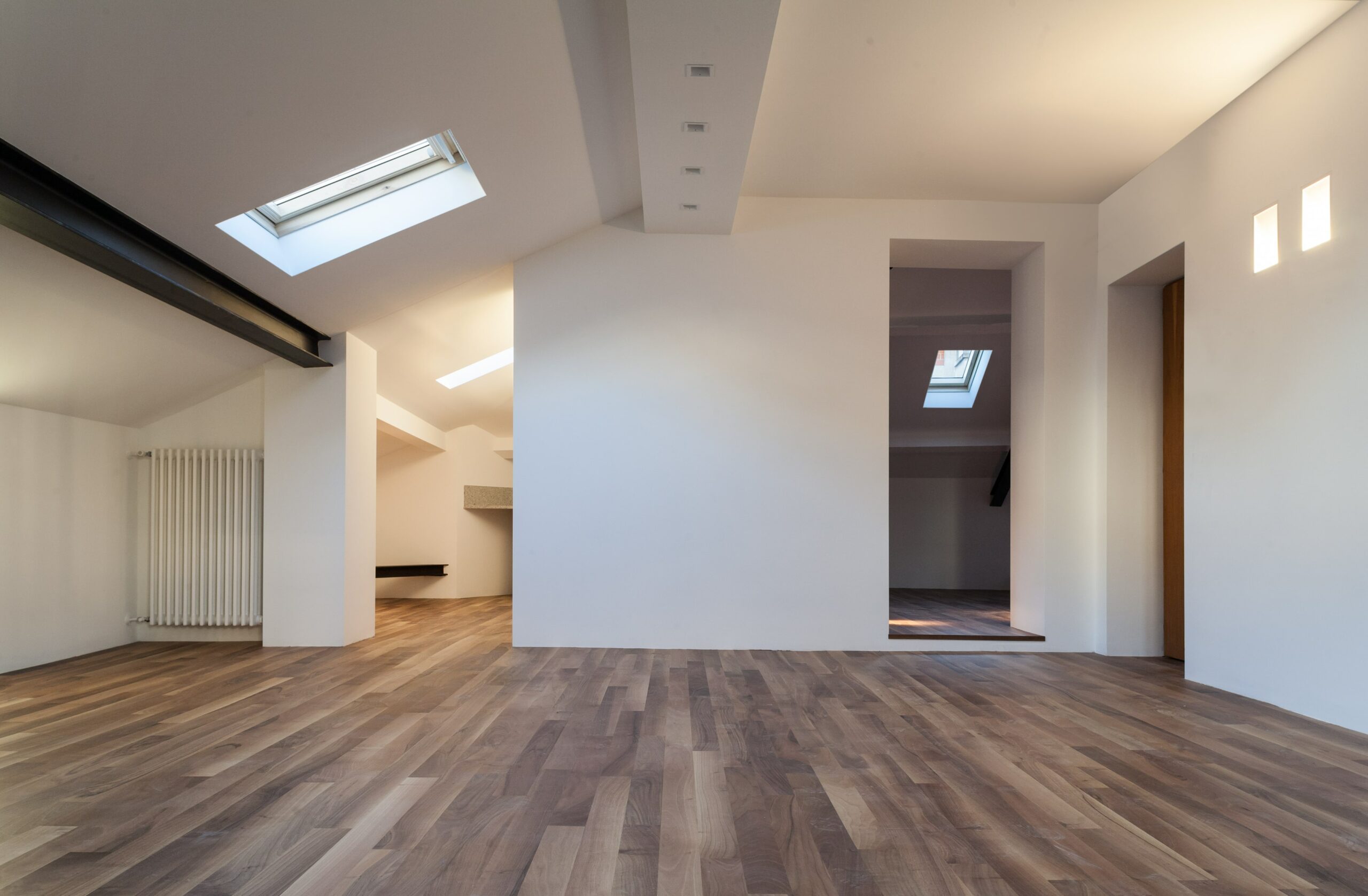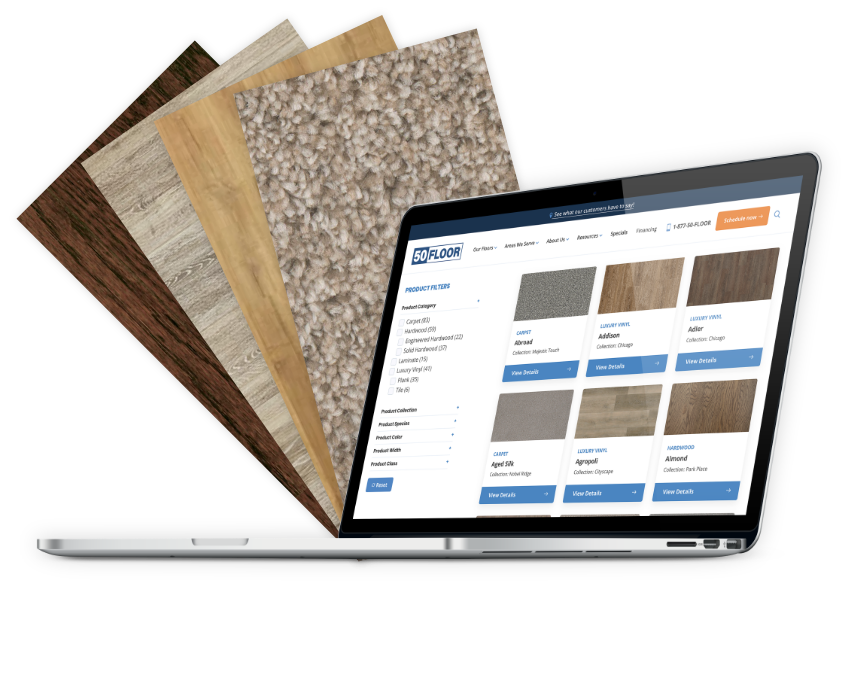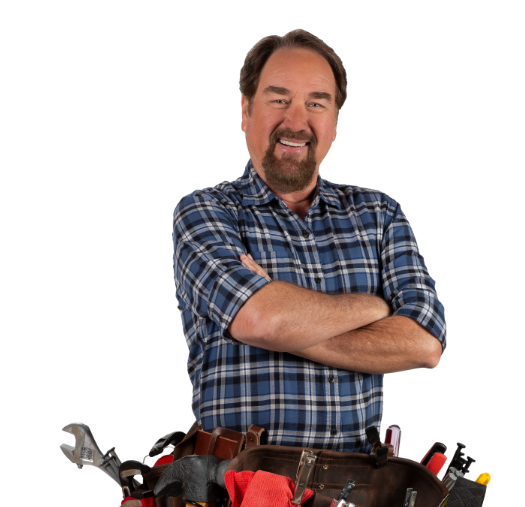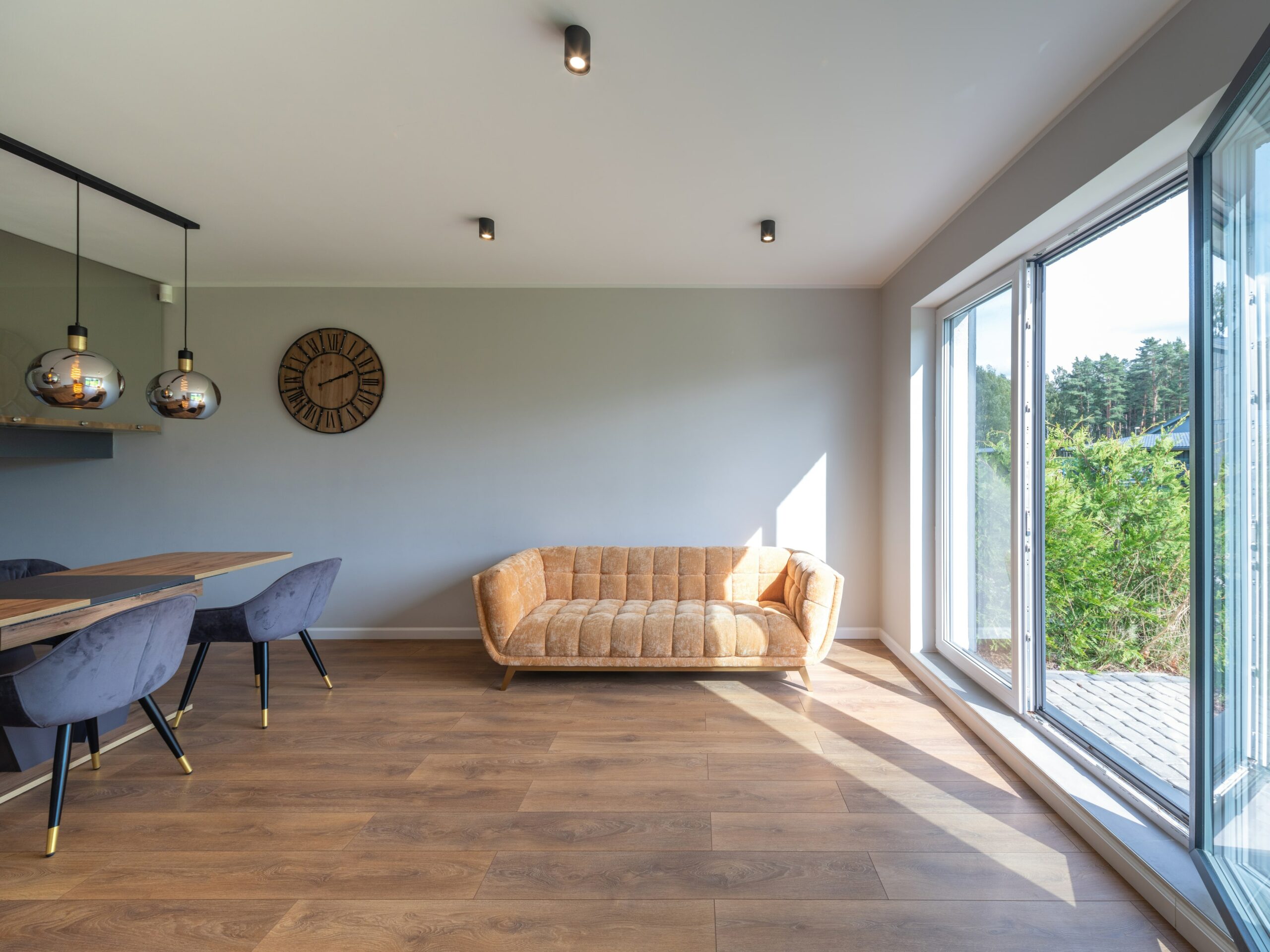Engineered hardwood flooring is a durable choice for homes. It combines the beauty of natural wood with added stability, which helps it last longer than solid wood in many cases.
But all flooring wears down eventually. Knowing when to replace engineered wood can help you keep your home looking fresh and maintain the safety and value of your floors.
This guide from 50Floor helps you to care for and, when needed, replace your engineered wood flooring.
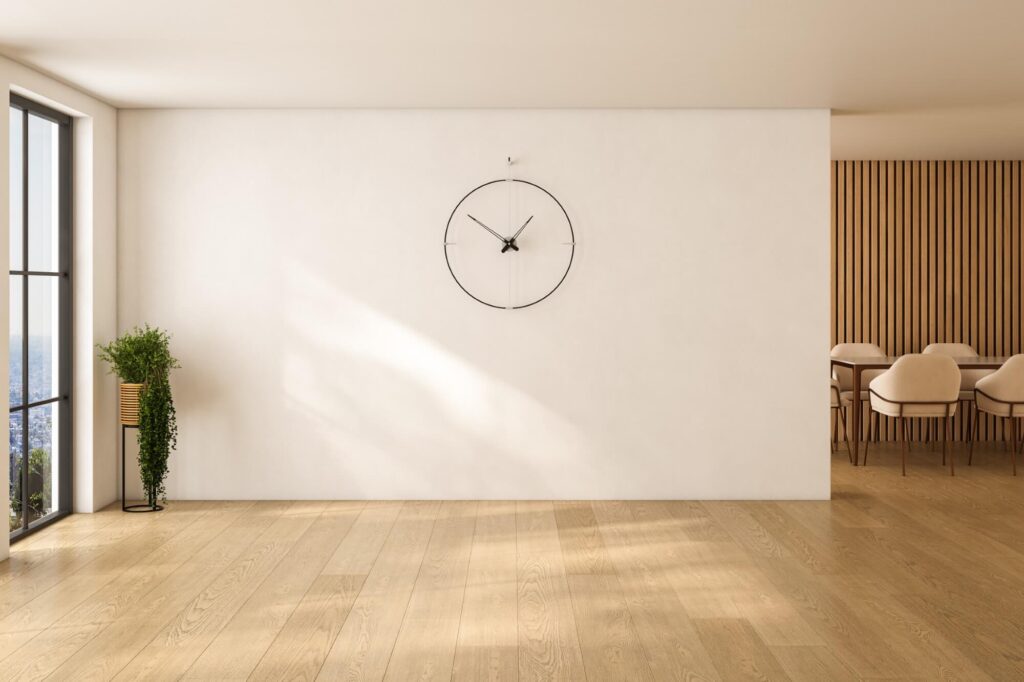

Lifespan of Engineered Wood Flooring
Engineered wood has a hardwood surface layer known as the wear layer. This layer can be sanded and refinished, extending the floor’s life by several years. When the wear layer becomes too thin to refinish, it may be time to replace the floor.
Engineered wood flooring typically lasts between 20 and 30 years. This range depends on factors like the thickness of the wear layer, daily use, and maintenance. Some high-quality engineered wood floors with thicker wear layers can last longer—provided they’re properly cared for.
Factors That Affect How Often You Replace Engineered Wood


The need for replacement depends on several factors. Understanding these can help you decide when to replace or refinish your floors.
- Wear Layer Thickness: Thicker wear layers allow for refinishing, which delays the need for replacement. A 3 mm or thicker wear layer can often be refinished one or two times, extending the floor’s life.
- Foot Traffic: High-traffic areas, such as living rooms, kitchens, and hallways, experience more wear. Floors in these areas may need replacement sooner than those in low-traffic spaces.
- Sunlight Exposure: Sunlight can fade engineered wood over time. Rooms with large windows may see color changes or dullness in the flooring, which may lead to the desire for replacement.
- Water Exposure: Engineered wood resists moisture better than solid wood, but excessive water can cause warping or damage. Areas with frequent spills or high humidity may see shorter lifespans for the flooring.
Keep in mind these factors provide a general guideline. Individual care and property conditions also determine how long engineered wood will last.
Signs It’s Time to Replace Engineered Wood Flooring


Several signs indicate when engineered wood flooring needs replacement. While refinishing can address some wear, other signs can suggest a complete replacement.
- Visible Damage: Deep scratches, dents, or gouges that affect the wear layer are possible signs that replacement may be needed. If the damage extends through the wear layer, refinishing may not be an option.
- Water Damage or Warping: If you notice warping, buckling, or swelling, there may be water damage. Engineered wood with water damage often needs replacement, as the structure may be compromised.
- Separation Between Planks: Engineered wood floors can shift over time. If you see wide gaps or movement between planks, it may indicate the need for replacement.
- Color Fading: Sunlight exposure can cause fading. While minor fading may be addressed by adding rugs or curtains, extensive discoloration may lead to replacement.
When these signs appear, assessing the extent of damage can help determine if replacing the floor will improve the room’s appearance and functionality.
Refinishing Vs. Replacing Engineered Wood
Refinishing is an option if the wear layer is thick enough—typically around 3 mm or more. Refinishing removes surface scratches, scuffs, and light damage, restoring the floor’s appearance. However, not all engineered wood can be refinished, especially if the wear layer is thin.
Replacing engineered wood is often more practical when:
- The wear layer is too thin for sanding.
- There is deep damage beyond the surface.
- Water damage has affected the structure.
Refinishing is more affordable than replacing, but replacement offers a fresh start with a new surface. The choice depends on the floor’s condition, budget, and whether refinishing will address the issues.
Typical Lifespan Based on Wear Layer Thickness
The thickness of the wear layer directly impacts the floor’s lifespan. Here is an overview based on common wear layer options.
- 1mm to 2mm Wear Layer: These last around 10-15 years, especially in lower-traffic areas. When they show significant wear, replacement may be the only option.
- 3mm Wear Layer: This wear layer allows for one or two refinishes, extending the floor’s life to 20-25 years. It works well in medium-traffic areas.
- 4mm or Thicker Wear Layer: This thickness provides a long lifespan of 25-30 years or more with the possibility of multiple refinishes. It’s suitable for high-traffic areas.
Choosing a thicker wear layer during installation can add years to the floor’s lifespan. Thicker layers offer more refinishing options, which helps maintain the floor’s appearance over time.
Care and Maintenance to Extend the Life of Engineered Wood
Proper care can extend the life of engineered wood. Simple maintenance can help prevent scratches, reduce fading, and protect the floor from water damage.
- Sweep and Mop Regularly: Dust and dirt can scratch the surface. Regular sweeping or vacuuming with a floor attachment keeps dirt from accumulating.
- Use Rugs and Mats: Place mats at entryways to catch dirt and moisture. Rugs in high-traffic areas add protection.
- Protect From Sunlight: Direct sunlight can fade wood. Use curtains or blinds to limit sun exposure, especially in rooms with large windows.
- Clean Up Spills Immediately: Water left on the surface can seep into the planks. Wipe spills immediately to prevent damage.
These simple steps help keep the floor looking new, slowing the need for refinishing or replacement. Plus, regular maintenance makes engineered wood more resilient to daily use.
Cost Considerations for Replacement
Replacing engineered wood involves material and installation costs. Higher-quality flooring with thicker wear layers may cost more upfront but offers a longer lifespan.
Budgeting for the replacement helps ensure a smooth process when it’s time to install a new floor.
For a high-traffic business, investing in a thicker wear layer with a long lifespan can reduce the need for frequent replacements. Again, choosing durable materials may require a higher initial cost but delivers value over time.





